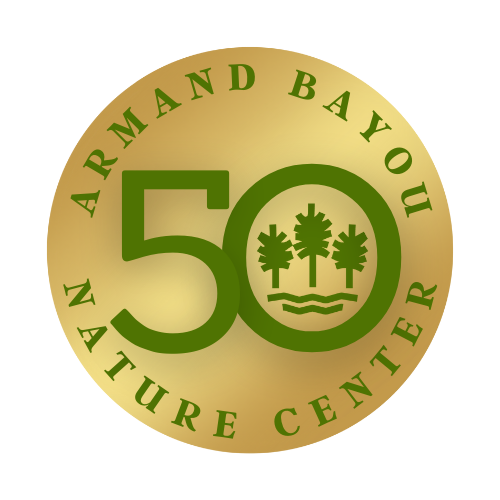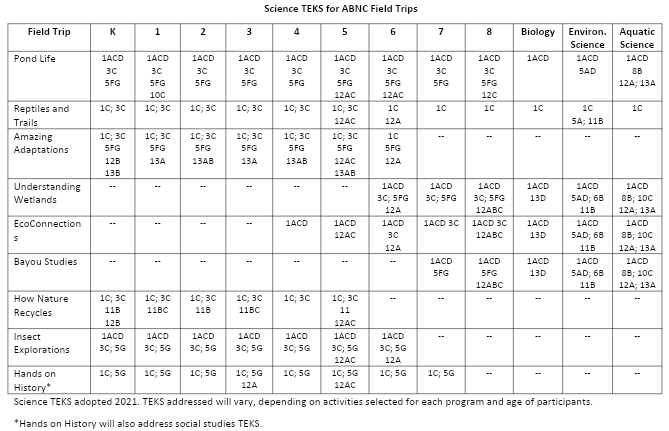Observe live insects while sweep netting in the prairie. Distinguish the main characteristics of these insects and find out how they fit into the food chain and why they are important. Participate in a demonstration about insects and view insect collections.
Grades K- 6th ~ Duration 2 Hours ~ Group Limit Minimum 10 ~ Fee $20.00/participant (children and adults)
Objectives
Students will:
Use scientific tools and safely implement outdoor investigations about the natural world.
Know that insects undergo life processes and have structures to help them survive within their environments: explore structure and function of insects, explore characteristics of insects, and compare insect life cycles.
Vocabulary
Insect - an invertebrate (animal with no backbone) that has three body segments (head, thorax, abdomen) and six legs
Thorax - the middle body part of an insect
Abdomen - the last (bottom) part of an insect's body
Antennae - sensory organs on an insect's head, used to smell, taste, feel and sometimes hear
Camouflage - coloring that allows something to blend in with its surroundings
Compound eye - eye made up of many lenses (all shaped like hexagons)
Exoskeleton - hard protective covering found on insects; gets molted as the insect grows; made of chitinous material
Adaptation - a structure (part of the body) or behavior (action) that helps a plant or animal survive or reproduce in its environment
Mimicry - an adaptation that allows an organism to resemble another organism
Metamorphosis - the way that insects develop, grow and change Complete metamorphosis consists of 4 stages of development: egg, larva, pupa, adult; e.g. wasps, bees, beetles, moths, flies, and butterflies
Incomplete metamorphosis - 3 stages of development: egg, nymph, adult; e.g. dragonflies
Food Chain - the transfer of food energy from the source in plants through a series of animals, with repeated eating and being eaten
Programs are adjusted to be age appropriate. All programs address the TEKS goal of engaging students in hands-on investigations of the natural world.
For specific, grade-level TEKS that may be included in our programs, see our TEKS chart.





